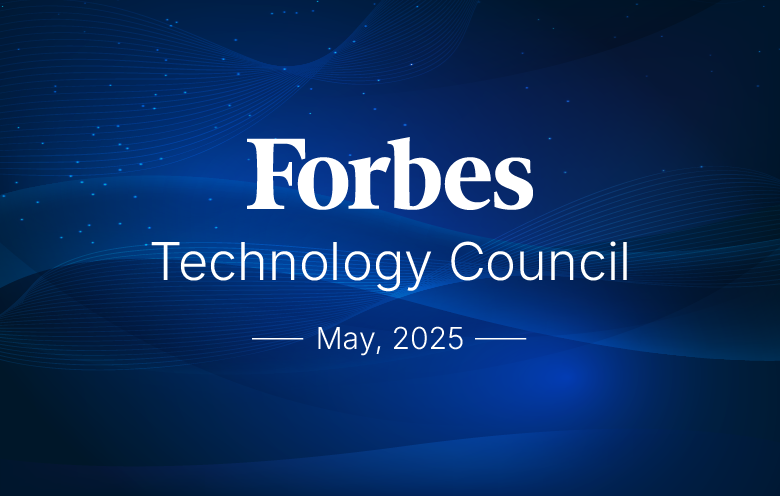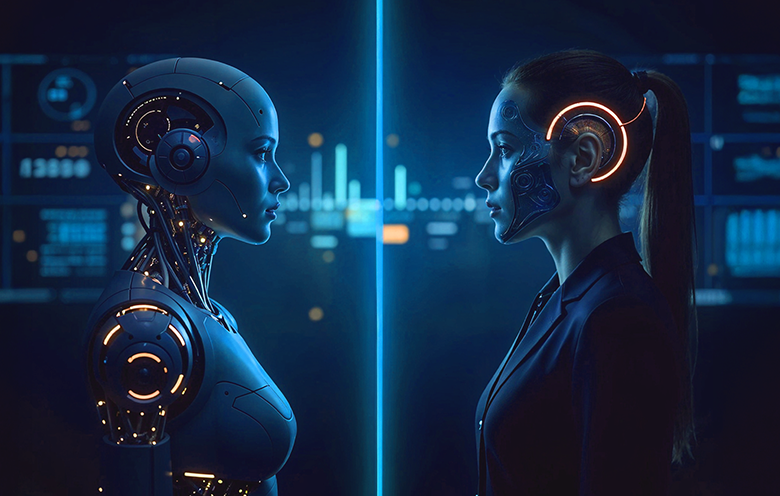Forbes features Viral Hirpara’s perspectives and experiences with AI in supply chain

“Supply chains are no longer just moving products from point A to point B. They’re ecosystems of data, decisions, and disruptions,” says Viral Hirpara, President of Softweb Solutions. It’s a perspective shaped by the conversations he’s had with supply chain leaders navigating complexity every day.
In his latest Forbes Technology Council article, AI in the Supply Chain: Challenges, Solutions and Applications, Hirpara explores why so many global supply chains remain stuck in reactive mode – and what it takes to move beyond it. Drawing on firsthand experience with clients across manufacturing, logistics, and retail, he outlines a pattern he’s seen repeat itself: System fragmentation, weak supply chain partner coordination, underused data, and delayed decisions.
“These aren’t technical gaps. They’re business risks hiding in plain sight,” he notes.
Rather than focusing on AI as a one-time upgrade, Hirpara positions it as a strategic shift – one that enables supply chains to sense, decide, and act with precision. He brings this to life through grounded examples: procurement systems that anticipate shortages, logistics models that reroute in real time, forecasting engines that help planners get ahead of demand curves.
“Consider a scenario,” he writes, “where AI predicts that a key Southeast Asian supplier may face production slowdowns due to political instability. With this foresight, businesses can shift orders, renegotiate contracts, and protect operations from costly delays in volatile markets.”
The article doesn’t offer a silver bullet. Instead, it reads like a field guide – rooted in real-world complexity, but with a clear message: supply chains can’t afford to wait. They must become intelligent ecosystems, capable of adapting to volatility as it unfolds.
And for Hirpara, that shift starts not with technology, but with rethinking the very questions we ask of our supply chains – moving from “What happened?” to “What’s next?” and, ultimately, “What should we do about it?”
Need Help ?
We are here for you


